Posted By Gordon Jackson, FEET Member not to far away from Cromwell -----
On the 1st. of November, Charlie and I went on a fungi hunt down in Robber Dodge again, as it seemed to hold promise. It was a sunny but cool day. There had been some rain over the last couple of days, so we had high hopes and were not disappointed. We recorded about 28 fungi, including some neither of us had seen before. At the end of the post, I'll name those not shown here. One because it was badly damaged, a couple, for various reasons, I didn't managed to get photos of. Also At the end of the post, I'll add photos of some I'm waiting to be
identified.
I'll start with a colourful one, the Scarlet Waxcap. Most Waxcaps are infrequent finds in Britain and Ireland, but are certainly not rare. Found in unimproved grassland short gropped old lawns and well kept graveyards, as long as chemicals have not been used on the grass. It occurs all over Europe and North America, where it's mainly found in woodlands. Cap size: 2 to 5 cm, convex at first, becoming bell shaped, then flat.
Scarlet Waxcap or Scarlet Hood (Hygrocybe coccinea)
Scarlet Waxcap (showing gills.)
Another Waxcap. This one caused some uncertainly as it can be confused with other yellow waxcaps. I was advised to use a term that moth hunters use when they have compared several species and decided the most likely one is the name given. Hence, I shall put [agg.] - short for aggregate, after the names if there is a doubt. I'm fairly certain after checking, that the one below is a Golden Waxcap. Should anyone know different, please let me know and I'll change it.
The Golden Waxcap is described as a common find and also, not very common in the UK. I think what is meant is that it's locally common. It would be nice if they used clear terms. This species if becoming increasingly restricted to Sheep-grazed uplands and undeveloped grassland. Found in Parts of Europe and in North America where, as with the Scarlet Waxcap, its a woodland find.
Cap size: 2 to 4 cm, in wet weather, the cap is very slimy. It does not blacked with age or if bruised.
Golden Waxcaps (Hygrocybe chlorophana) [agg.]
The next one is grimly called Dead Man's Fingers. In a subsequent post, I shall show them in a more mature state. It's common in forests and woodland, ususally growing on damaged tree stumps and decaying wood. It has a variable but often club shaped fruiting body (stroma). When mature the fungi turns completely
black with a white inside. It is of the Ascomycetes family, the most well know of which are the truffle and morel. Dead Man's Fingers prefers Beech, but can sometimes be found on buried hardwoods. Size: when fully developed thay can be upto 8 cm tall and 3 cm diameter.
Dead Mans Fingers (Xylaria polymorpha)
Often found growing with the above is
Stag's Horn, or Candle Snuff, among other names. Typically growing in clusters on hardwoods and can cause root rot in Hawthorn and Gooseberry plants. Some of it's bioactive compounds have been found to be moderately cytotoxic (cell-killikg) to human cancer cells and posses anti- tumor properties.
Hight: up to 6 cm.
Stag's Horn or Candle-Snuff Fungus (Xylaria hpyoxylon)
People who have never seen this next fungus in the flesh tend to recognise it. It's the mainstay of folklore and fairytale. Ladies and gentlemen, introducing, the Fly Agaric. It's one of the many Amanita family fungi and common all over the Northern Hemsiphere. It has been accidentally introduced to parts of the Southern Hemisphere also, usually as a symbiont in pine plantations. It can also be found in Asia. As it emerges from the leaf liter, it's covered with pointed white warts. As the cap expands, the red pellicle (skin) can be seen, heavy rain can removed all the white spots.
It forms a symbiotic relationship with Birch trees, also cedar, pines and spruces.
Cap Size: 10 to 20 cm.
Fly Agaric (Amantia Muscaria)
I found one Oysterling, they are often found in clumps, but I didn't see any more. Unfortunately, it's a bit soft focus, but I'm including it anyway. I thought it was very pretty and delicate. It is a tiny, kidney shaped fungus growing on dead twigs of broadleaf trees in autumn and winter. Common in Britain, Ireland, Eruope and North America. It starts out a soft pikish white, turning a light brown with age. They are very variable in shape depending where they are attached to the twig.
Cap Size: 0.5 to 2 cm.
Variable Oysterling (Crepidotus variabilis)
I'll add a few more, whilst I have time...
Many people will have seen these as they walk through woodlands or meadow, It's the
Common Earthball. It can be seen in summer and autumn up to early December in Ireland and Britian in well drained, rich, peaty soil or moss. It is often described as looking like a warty potoato. It shares a relationship with oak, beech and birch, and other deciduous trees. It prefers acid soils. It has a soild texture, with a thick outer wall packed with spores which are alsomt white at first, turning to purple-brown When ripe it splits open, rain and wind then disperse the spores. Common in Britain, Ireland, Eruope and North America.
Cap Size: 4 to 10 cm across, 3 to 6 cm tall.
Common Earthball (Scleroderma citrinum)
The Fairy Inkcap is a gregarious mushroom often present in densly packed masses on rotting tree stumps and roots. When new, they are almost white, turning to grey, then black in about three days. As with so many other fungi, they are found in Britain, Ireland, Europe and North America, also Asia, South America and Australia. This fungi does not deliquesce (autodigest). They are fragile and disintegrate when touched. Cap Size. 0.5 to 1.5 diameter, 1 to 1.5 tall, flattening as they open.
Fairy Inkcap (Coprinellus disseminatus)
Orange Mosscaps are very small, delicately grooved cap fungus. Can be found in troops or soliatry in damp moss or grass. Often overlooked due to it's small size. Initially convex, soon flattening with a slightly depressed center, which is darker. Where the gills meet the stem there is a violet "collar".
Cap size: 0.5 to 1 cm. 2 to 4 cm by 0.1 to 0.2 cm.
Orange Mossacp (Rickenella fibula)
Meadow Waxcaps are a common find on cropped, uninmproved grasslands in Britain and Ireland, preferring acidic soil. Unless it's been raining, the cap feels smooth and dry. They are among the largest Waxcaps, appearing from late August to December. The
Meadow Waxcap is one of the few Hygrocybe species that can can tollerate small amounts of fertiliser being spred on it's grassland. There is another variety of
Meadow Waxcap (Hygrocybe pratensis var. palida) which is pure white.
Cap Size: 2 to 7 cm. Colour may vary from peachy, yellow-buff to pinkish-red.
Medow Waxcap (Hygrocybe pratensis var. pratensis)
Yellow Fieldcap has a sticky, yellow, egg-shaped cap when young, flattening with age, becoming cream coloured, with a little yellow in the centre. The gills are described as a bright rust colour. It grows on well rotted dung and vegetable debris, in woods and grassland. It is common in Britain, Ireland, Europe, North America and many other parts of the world. Cap size: 1 to 4 cm.
Yellow Fieldcap (Bolbitius titubans)
Young Yellow Fieldcap
Another yellow fungi, this one is
Golden Spindles and is a species of
Coral Fungus. It has narrow pointed tips which become brittle and hollow with age. They grow in grassy areas and among moss, in clusters and scattered troops. It has been reported in Iran, China, Nepal, Japan, Europe and North America. As it ages the tips grow dark brown and wither. It is described as a grassland fairy club fungi.
Size: 2 to 6 cm wide, 2 to 8 cm tall.
Golden Spindles (Clavulinopsis fusiformis)
Golden Spindles (aged)
Next is White Coral Fungus, or the Crested Coral Fungus. It is white to cream coloured, again, the tips darken with age, also in dry weather. Several other Coral Fungi have a similar apperance making identification difficult. Clavulina rugosa is unbranched, or sparingly branched. Clavulina cinerea tends to be darker. Ramaria stricta has parallel branches and grows on wood. I'm as sure as I can be that this one is Clavulina cristata. Size: Up to 8 cm tall, 2 to 4 cm across.
White Crested Coral (Clavulina cristata)
Next is another which caused some uncertainty. after a lot of research I'm as sure as I can be that it is Yellow Club (Clavulinopsis helvola) [agg.] Note the [agg.] The colour can be yellow to orange, they are hollow and grow solitary or in small groups. Found ins woods, grasslands and moss, late summer to late autumn. vary common, growing in Britain, Europe and North America, in acid soils. The tips darken with age. Fruit body size: 3 to 7 cm tall, 1.5 to 4 cm wide.
Yellow Club (Clavulinopsis helvola)
The next is quite dehydrated, but it was growing on a rotting Beech tree and I'm reasonably certain it's Common Jellyspot. Often found in large and merging groups on dead broadleaf or conifer wood, including fencposts. We had some on our last garden bench and I was unable to get rid of the stuff. It prefers well rotted wood.The fruit bodies can appear at any time of the year in wet weather. They are dull orange-yellow when moist and fresh, becoming more brown and translucent with age.Common in many parts of the world.Fruit body size: 1 to 8 mm across, up to 4 mm tall.
Possible Common Jellyspot (Dacrymyces stillatus)
I have had four confirmations of this one, so I believe it to be the Dewdrop Mottlegill. It's a common little brown mushroom which grows on dung and grass. It has black spores. The gills are dark, purplish black, with several tiers of intermediate gills. I was unable to find out much about this one, in my two mushroom books or on the net. Cap size: up to 4 cm.
Dewdrop Mottlegill (Panaeolus acuminatus)
Below are the photos I took of fungi which I'm hoping Colin my identify for me
This might be a young Bolita, note the yellow at the foot
A Bolita of some description
Cap Size just over 1 cm
I did wonder if this was the Dewdrop Mottlegill, which has a whiteish stem and is about the same size. I was quite a distance from the orger Mottlegils and on it's own, so I wasn't ablte to be sure.
Cap Size just over 1 cm
Two other species were found which I didn't take photos of. One was the Beechmast Fungus (Hymenoscypha fagineus), I didn't realise Charlie had found it, photgrapged it and thrown it away. I'll ask if I can use his photo with a credit as soon as I can contact him.
The other was the Liberty Cap (Psilocybe semilanceata). There were two samples next to each other but when I found them, they looked like they had been trodden on and were badly damaged.
The next post will be of the lichens, wild flowes and Harelquin Ladybirds I found on the same trip. I've separated them as it would have been too big a post to do in one.

.jpg)
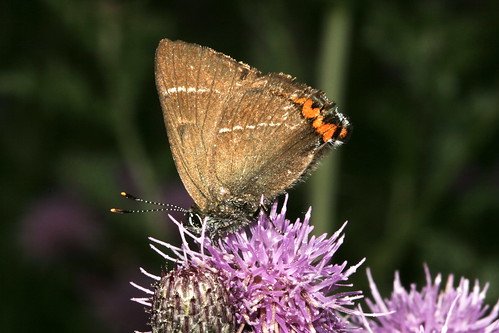
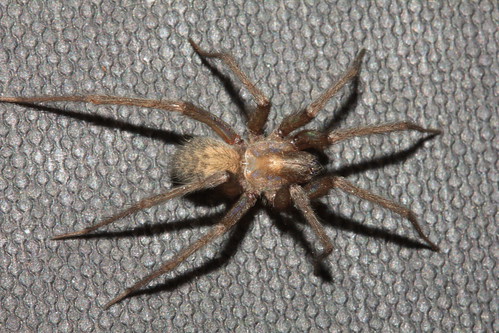
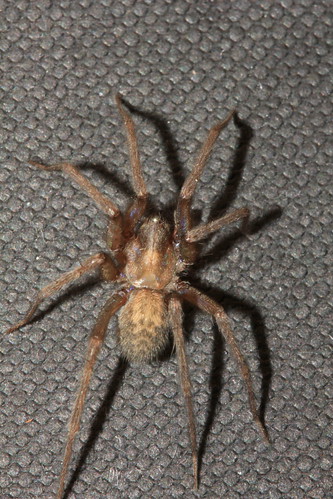
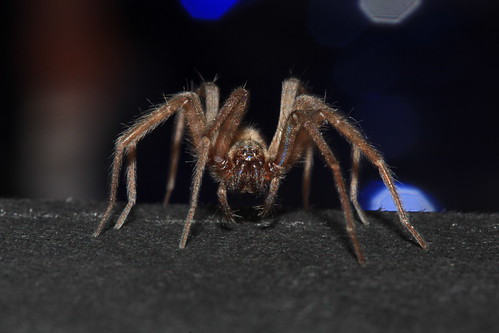
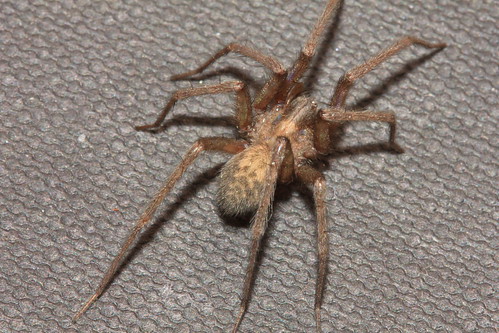
.jpg)

%2B%5Bagg.%5D.jpg)
%2BP1010505.jpg)
.jpg)

%2BP1010377.jpg)



.jpg)
.jpg)

.jpg)
.jpg)
%2B%2BP1010680.jpg)
%2B%5Bagg.%5D.jpg)
.jpg)
.jpg)





